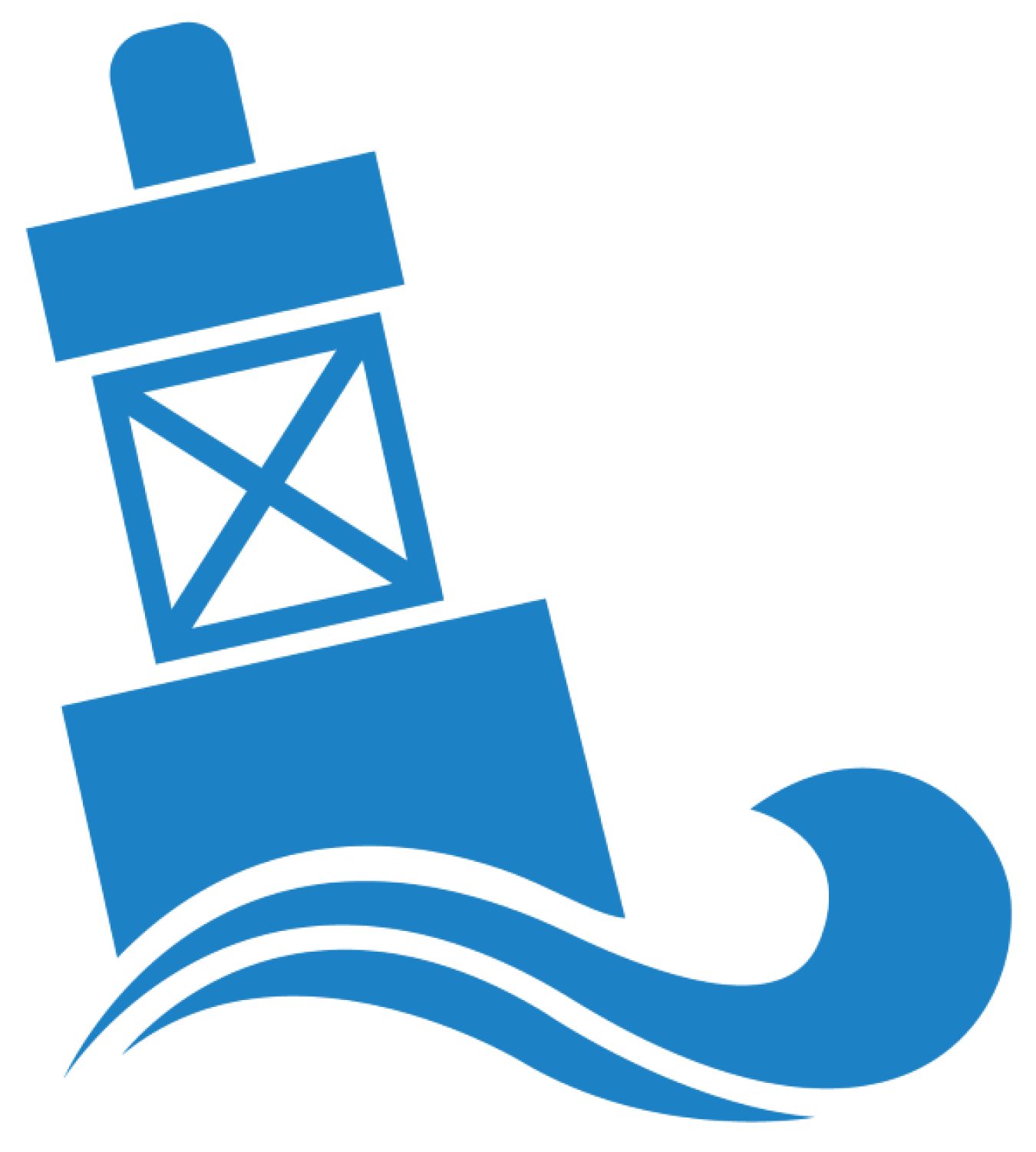Researchers proved that taking a co-design approach to building a wave energy converter results in a more durable, powerful, and efficient device.
Water Power Technologies Office
March 14, 2024Marine Energy Program
Foundational Research and Development
Project Name: WaveBot Testing at Carderock
Project Team: Sandia National Laboratories
Lead Recipient Location: Albuquerque, New Mexico

Researchers at Sandia National Laboratories (Sandia) proved that taking a co-design approach to building a wave energy converter (WEC)—or designing the body and control system of the WEC at the same time—results in a more durable, powerful, and efficient device.
Traditionally, the WEC body and control system are built separately—the WEC body is created first, followed by the control system. However, this approach does not consider how WECs are controlled in various conditions, such as rough or calm waves, in the ocean. By building these elements together, developers can create a better-performing device.
Researchers also used a magnetic spring, a mechanism that powers WECs, designed at Portland State University to generate more energy at a lower cost compared to more traditional mechanisms. The magnetic spring replaces the traditional powering systems, serving as the "engine" of the turbine. Because it operates based on magnetism, the magnetic spring does not wear down as quickly or have the issues that can emerge in a device operating with mechanical gears. The team found that this magnetic approach reduces friction, which increases the efficiency of the WEC. Additionally, the design for the magnetic spring is simple, cheap, and applicable to a variety of WECs, which will allow marine energy stakeholders to replicate it in many of their devices.
During tests conducted in a lab, the team found that combining the magnetic spring with the co-design approach resulted in a more optimized and durable WEC. As the team moves toward the next phase of the project, they are preparing their findings for public release so marine energy developers can apply the approach to their WEC designs.
-
National laboratory researchers designed a potentially more comprehensive and accurate methodology to measure wave energy in the United States and around the world.
-
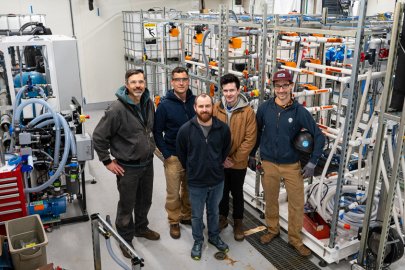 A national laboratory-led team deployed a first-of-its-kind marine carbon dioxide removal in Sequim, Washington. The system, developed by Ebb Carbon, is capable of sequestering 100 tons of carbon dioxide per year.
A national laboratory-led team deployed a first-of-its-kind marine carbon dioxide removal in Sequim, Washington. The system, developed by Ebb Carbon, is capable of sequestering 100 tons of carbon dioxide per year. -
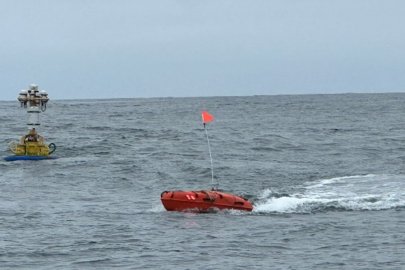 Team develops artificial intelligence-based system that searches for optimal placement and monitors environmental effects of marine energy devices.
Team develops artificial intelligence-based system that searches for optimal placement and monitors environmental effects of marine energy devices. -
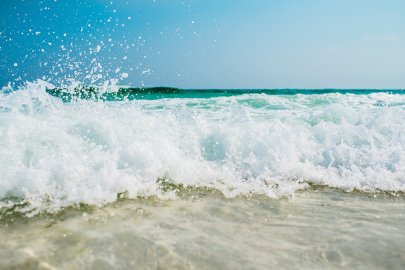 Researchers proved that taking a co-design approach to building a wave energy converter results in a more durable, powerful, and efficient device.
Researchers proved that taking a co-design approach to building a wave energy converter results in a more durable, powerful, and efficient device. -
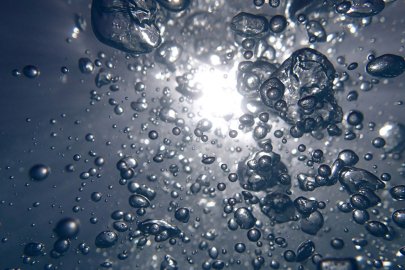 National laboratory researchers explore a new laser surface modification approach for marine energy devices to reduce corrosion and biofouling.
National laboratory researchers explore a new laser surface modification approach for marine energy devices to reduce corrosion and biofouling.
WPTO's marine energy e-newsletter shares news and updates on tools, analysis, and emerging technologies to advance marine energy.
The WPTO e-newsletter brings funding opportunities, events, publications, & hydropower and marine energy updates directly to your inbox.


